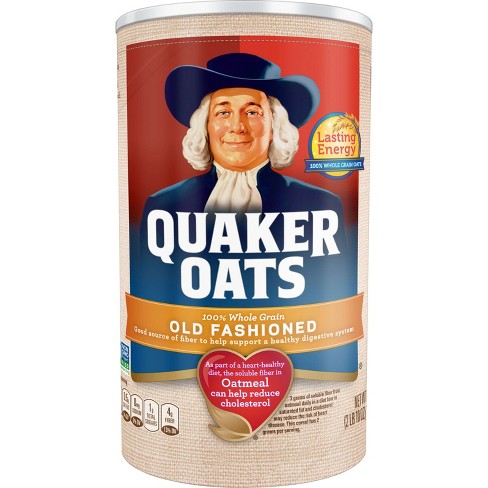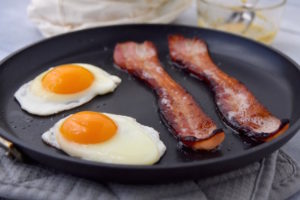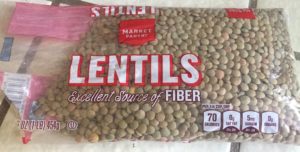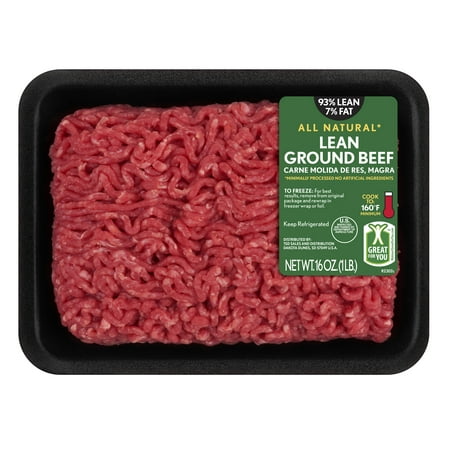Hi friends. Hope you’re all hanging in there. I’ve come across several news stories and podcasts that not only underscore the importance of nutrition on a fortified immune system, but also discuss how Covid-19 is much more serious for those with preexisting conditions. Preaching’s not my style. So here’s some information that I hope you’ll check out:
From the New York Times on 3/31: “A separate analysis from the C.D.C. on Tuesday offered new evidence that a significant portion of people with severe coronavirus infections in the United States have underlying medical conditions. The agency looked at 7,162 cases, a small subset of the 122,000 (we’re over 200,000 now) cases in the U.S., but the findings provided a stark portrait. Of 457 people in that subset who were admitted to intensive care units, 32 percent suffered from diabetes; 29 percent had heart disease; and 21 percent had lung disease. Overall, 78 percent of people with Covid-19 admitted to the I.C.U. had at least one pre-existing condition. The study did not look at deaths.” It’s worth adding that according to the CDC, 40% of US adults (aged 20+) are obese. More than 70% of US adults are overweight, including obese adults.
Why include the above figures on weight and obesity? Because these conditions lead to chronic inflammation (e.g. diabetes, heart disease). The standard American diet, with our fast food and highly processed snack foods (refined sugar and starches), dairy, and high meat consumption, triggers an inflammatory response via the fat and the animal protein.
Connection with Covid-19 from the “Exam Room Podcast” on 4/1: Current fatality rates, without any known comorbidities (i.e. pre-existing chronic diseases or conditions), is less than 1%. For people with asthma it’s 6.3% and 10.5% for people with cardiovascular disease. This means that if the virus gets to someone who, for example, has lungs that are already compromised by inflammation, they’re likely to have a much more severe case.
Note that a whole food plant-based diet is the only diet proven to stop and reverse heart disease and it reverses type 2 diabetes in most patients. For information on Covid-19 and what you can do to protect yourself and your families, especially if you have an underlying condition, check out:
The Exam Room Podcast – They’re running a series that examines coronavirus, explores the current research especially as it relates to preexisting conditions, and provides free advice on how to protect yourself and your family with your nutrition choices. The site is run by the Physician’s Committee for Responsible Medicine, led by Dr. Neal Barnard, world renowned physician and speaker.
NutritionFacts.org – Website has a ton of free information. Simply do a search on “inflammation” or “type 2 diabetes” or “heart disease” and you’ll find a treasure trove of short videos and articles. This site is run by Dr. Michael Greger, also world renowned physician, researcher and speaker.
Stay well. Stay Safe. Eat plants.


 vs.
vs. 


